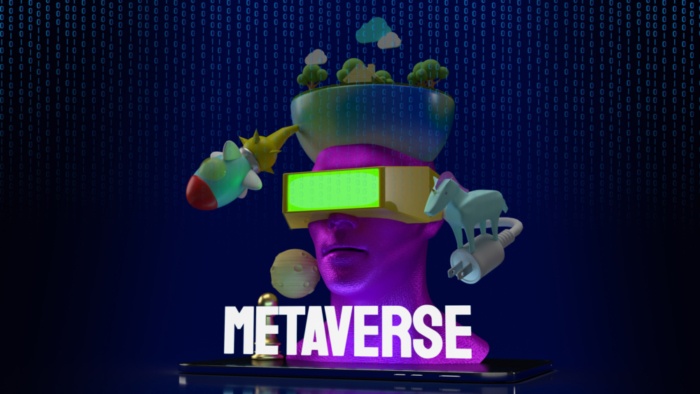The use of the term Metaverse has become increasingly common. The peak of attention was there with the Facebook rebranding when the company has been renamed Meta Platforms Inc.
The message behind this operation is that Facebook intends to reorient its platform towards a metaverse platform.
What is a Metaverse?
The term Metaverse is derived from Snow Crash, a cyberpunk science fiction book published in 1992. The Metaverse is a virtual reality shared via the internet, where participants are represented in three dimensions through their avatar.
Today, 30 years later, the meaning does not change, however, there are technologies to create these virtual environments in which users can interact in new ways. These new ways are immersive, therefore closer to a real environment.
The current social media platforms allow interaction through text messages, images, and videos. While, with the idea of the metaverse, online spaces offer users an immersive experience in a multidimensional environment.
Rather than interacting using text messages and image exchanges, the metaverse makes available an environment similar to that of the most advanced videogames.
Metaverse and Crypto
Marc Andresseen published the article Why Software Is Eating The World in the Wall Street Journal in August 2011. The author asserted that software technologies, in addition to revolutionizing business and social interactions, were giving rise to a true secondary world. A world that was giving the possibility of a new out-of-body life to millions of people.
In fact, back in the early 2000s, the video games Second Life and The Sims were already available. They gave the possibility to create virtual avatars that interacted with each other in an alternative reality. You could virtually live different experiences imitating the dynamics of real life: Work, training, entertainment, social and economic relations.
Technology limitations at the time made the experiences unsatisfying. Today, developments in immersive environments and related technologies allow high image quality and surprisingly smooth platform experiences.
Evidently, even in a parallel and virtual world, currencies are needed in order to carry out commercial transactions such as buying objects, goods, or real estate. In this way, the metaverse and the crypto world converge.
A few projects
Decentraland
Decentraland is a metaverse that combines virtual reality with blockchain technology. Unlike most online games, players have direct control over the rules of the online world. This is due to the fact that it is based on blockchain technology.
The Decentraland developers have created this virtual space containing real estate, items, and other customizable resources. All of these are purchasable using “MANA”, Decentraland’s ERC-20 token.
Through MANA, in addition to trading items and properties, players can fill their personal space with games, activities, and artwork. Other users can interact with them.
LAND, on the other hand, is a non-fungible token that represents plots of land owned by players in the community. And more generally collectible items from the game, including clothes, items, and real estate units. Users then store these tokens in their crypto wallets and sell them to other users on Decentraland’s marketplace.
Star Atlas
Star Atlas is a space exploration and strategy game. The game is set in the far future where three factions compete for resources, territories and political dominance in the galaxy. Players, by joining one of the three factions, can influence the course of the metaverse’s history. They can gain also real economic resources depending on their contribution. All this within a decentralized economic system guided solely by the players themselves.
The game is based on the Solana blockchain that is particularly efficient in terms of network performance and transaction costs.
The two tokens in the game are ATLAS and POLIS. ATLAS is the primary token. Users can purchase items and carry out all other transactions within the game itself. POLIS, on the other hand, is the DAO token, which is the one used for game governance.
The sandbox
With The Sandbox, it is possible to build all sorts of architectures and scenarios. You just have to buy a “Land”, a virtual plot that corresponds to a space of 96 x 96 x 128 meters on the map. The land is an NFT in all respects and you can decide how best to use it. You can digitally build houses, hotels, restaurants, playgrounds, museums, etc.
Investors purchase land or virtual assets that do not exist in physical reality but are located in the virtual world of the metaverse.
The classic speculators make a profit waiting for the revaluation and the relative price increase to resell. Others instead aim at a revenue by building on the virtual ground a store, a restaurant, a concert park, a museum, a gallery etc. Users (i.e. their avatars) can enter these spaces paying a ticket in the form of tokens. Alternatively, users can rent assets just as many real-life property owners do.
Conclusions
Technological developments have made possible the creation of immersive virtual worlds where users interact with the world and each other in innovative ways. A key element of these environments is the ability to buy virtual goods, profit from them, and sell them. For this, the crypto world integrates perfectly by providing tools to enable payments and certification of properties, through the underlying blockchain.
Therefore, the combination of the 2 technologies is synergistic and will enable their faster adoption.

